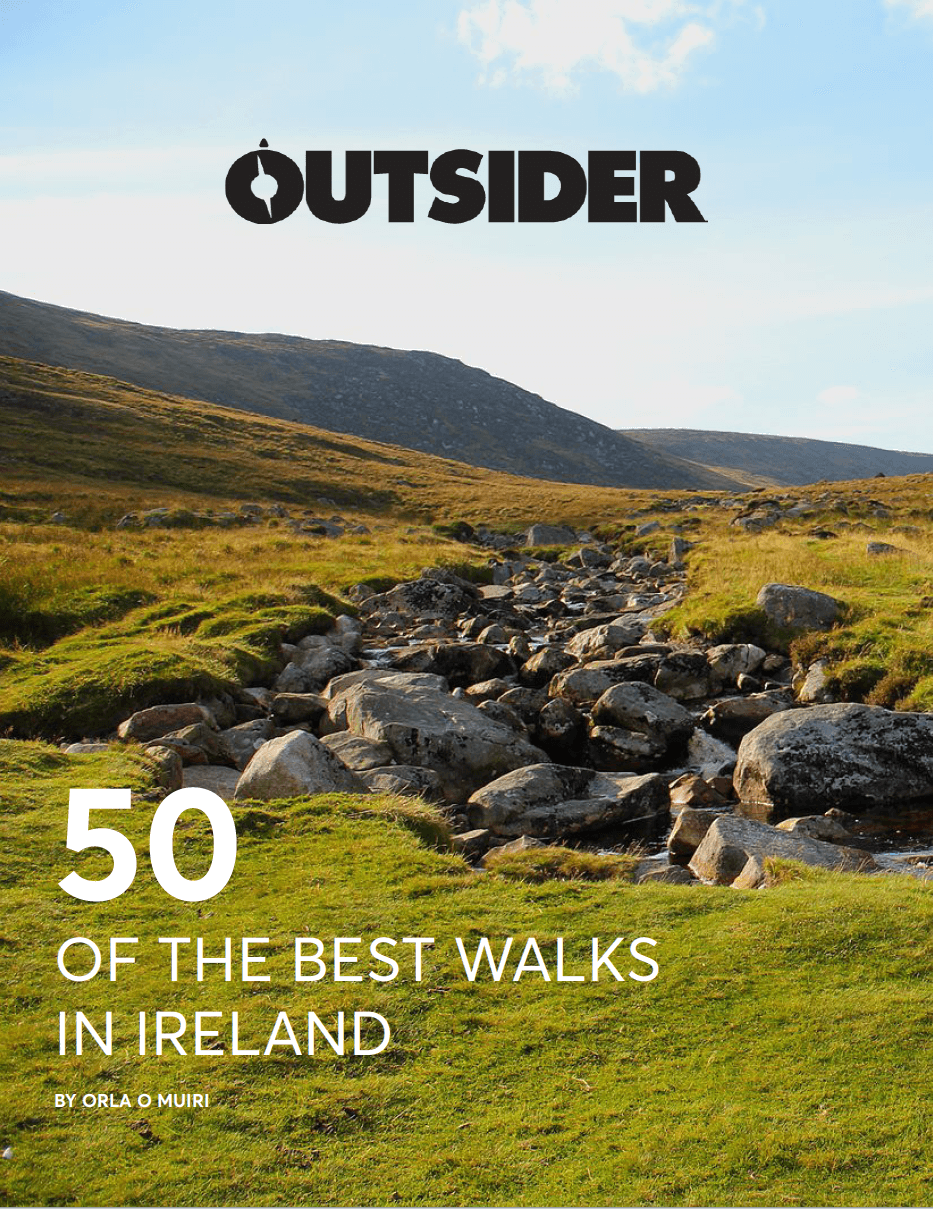Alcohol and fire – an unbeatable combination
The creation of fire is one of the central tenets of camping. However, this article isn’t about to teach you how to rub some sticks together. Instead, we’re going to combine two of mankind’s great loves – fire and beer to create a beer can camping stove. They are slightly wary bedfellows but with a bit of know how you’ll be able to combine them to great effect as a camping stove.
You will need:
- One Drinks Can
- One Pen knife
- A bottle of denatured alcohol
How to create a beer can camping stove:
1. The easy part – empty the can of its contents.
2. Using a pocket knife, cut the can in half horizontally. Be careful of the sharp edges.
3. Cut the top out of the can – but only the flat bit that has the ring pull on. Leave the angled ridge at the top. Cut both sides down to a smaller size if you wish.
4. Using the back of your pocket knife create the tiny combustion chambers. Place two fingers inside the top half of the can. Push the back of the blade into the outside of the can between your fingers creating a clear indent. Keep making these indents around the top half of the can, each a fingers width apart.
5. Place the top half inside the bottom half of your can.
6. Punch pin sized holes around the angled top of the can.
7. Pour denatured alcohol into the cavity and light with a lighter.
8. You can place a small pan right on top of the stove and cook away. Be careful not to put too big a pan on top of the stove as it will result in collapse.
9. In order to turn the stove off, you’ll need to suffocate it rather than just blowing it out. Do this by covering over the flame with any kind of object.
10. Pour the leftover fuel back into the bottle. Heret..
Still confused? Check out this handy video:
Check out our Hard as Nails podcast:










